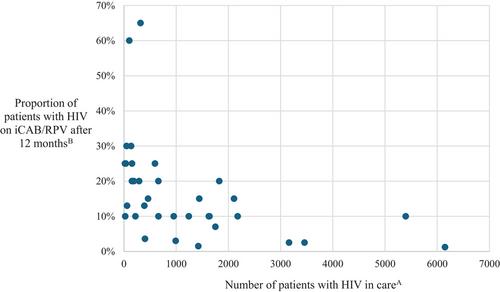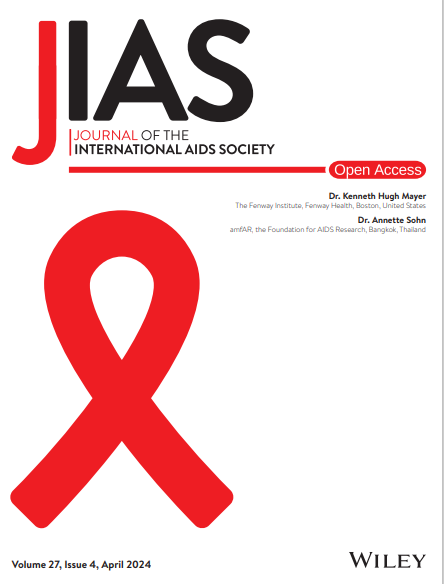Long-acting injectable ART to advance health equity: a descriptive analysis of US clinic perspectives on barriers, needed support and programme goals for implementation from applications to the ALAI UP Project
Abstract
Introduction
Approval of the first long-acting injectable antiretroviral therapy (LAI ART) medication heralded a new era of HIV treatment. However, the years since approval have been marked by implementation challenges. The “Accelerating Implementation of Multilevel Strategies to Advance Long-Acting Injectable for Underserved Populations (ALAI UP Project)” aims to accelerate the systematic and equitable delivery of LAI ART.
Methods
We coded and analysed implementation barriers according to the Consolidated Framework for Implementation Research (CFIR) domains, desired resources and programme goals from questionnaire short-answer responses by clinics across the United States responding to ALAI UP's solicitation to participate in the project between November 2022 and January 2023.
Results
Thirty-eight clinics responded to ALAI UP's solicitation. The characteristics of LAI ART as an innovation (cost, complexity of procurement, dosing interval, limited eligibility) precipitated and interacted with barriers in other CFIR domains. Barriers included obtaining coverage for the cost of medication (27/38 clinics) (outer setting); need for new workflows and staffing (12/38) and/or systems to support injection scheduling/coordination (16/38), transportation and expanded clinic hours (13/38) (inner setting); and patient (10/38) and provider (7/38) education (individuals). To support implementation, applicants sought: technical assistance to develop protocols and workflows (18/38), specifically strategies to address payor challenges (8/38); additional staff for care coordination and benefits navigation (17/38); opportunities to share experiences with other implementing clinics (12/38); patient-facing materials to educate and increase demand (7/38); and support engaging communities (6/38). Clinics’ LAI ART programme goals varied. Most prioritized delivering LAI ART to their most marginalized patients struggling to achieve viral suppression on oral therapy, despite awareness that current US Food and Drug Administration approval is only for virally suppressed patients. The goal for LAI ART reach after 1 year of implementation ranged from ≤10% of patients with HIV on LAI ART (17/38) to ≥50% of patients (2/38).
Conclusions
Diverse clinic types are interested in offering LAI ART and most aspire to use LAI ART to support their most vulnerable patients sustain viral suppression. Dedicated resources centred on equity and relevant to context and population are needed to support implementation. Otherwise, the introduction of LAI ART risks exacerbating, not ameliorating, health disparities.


 求助内容:
求助内容: 应助结果提醒方式:
应助结果提醒方式:


